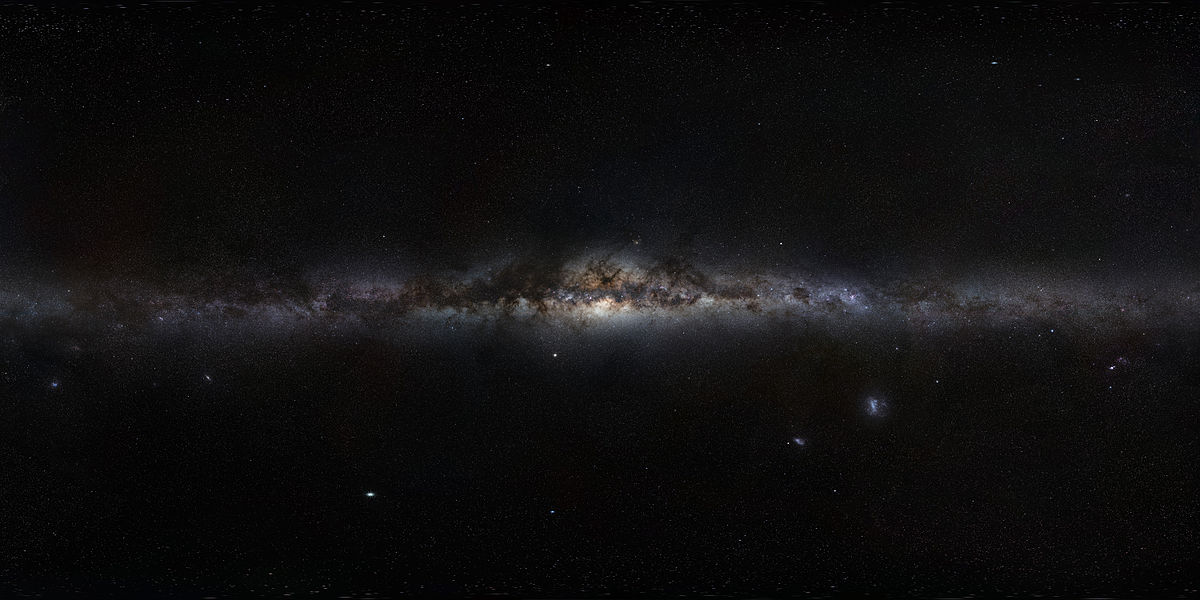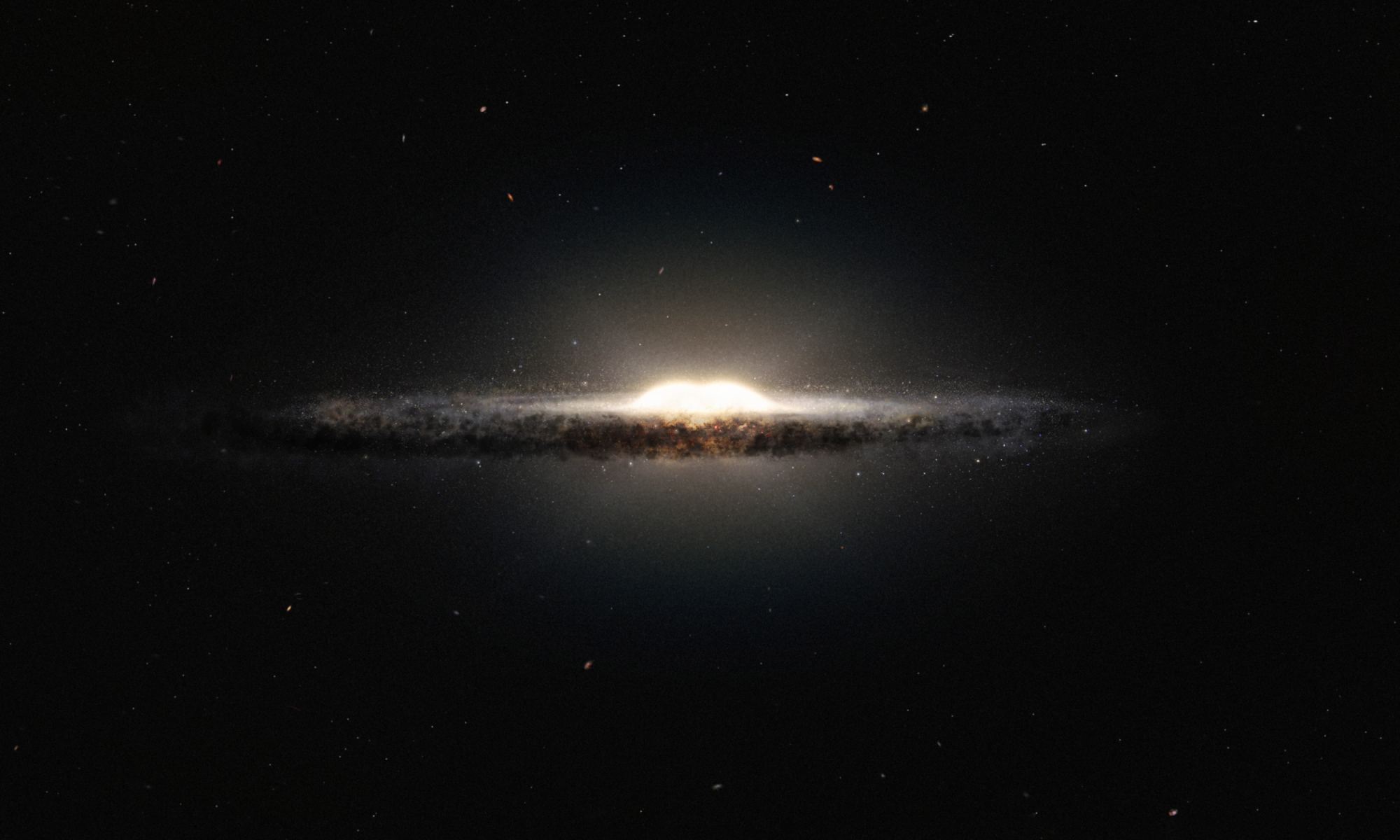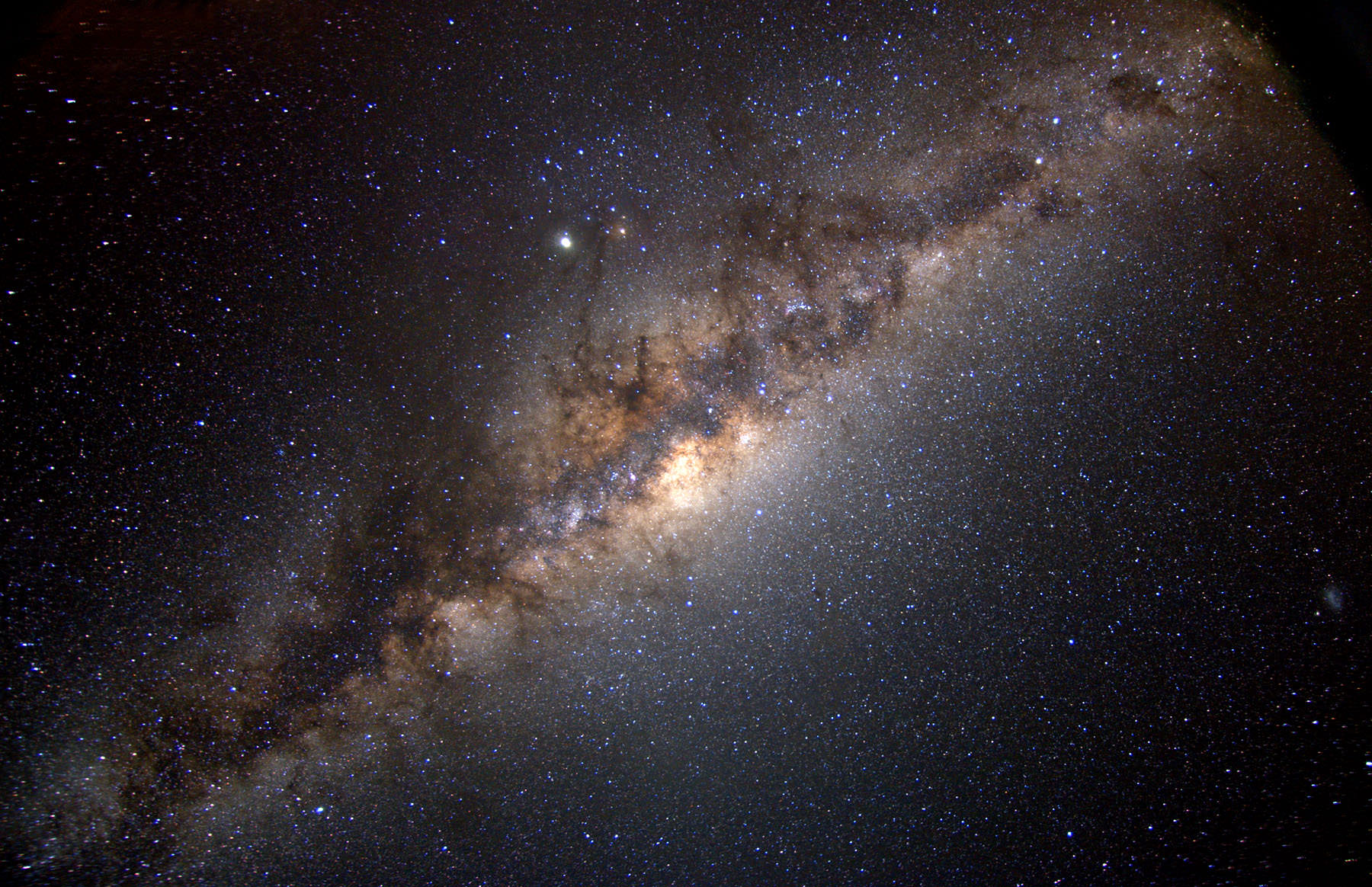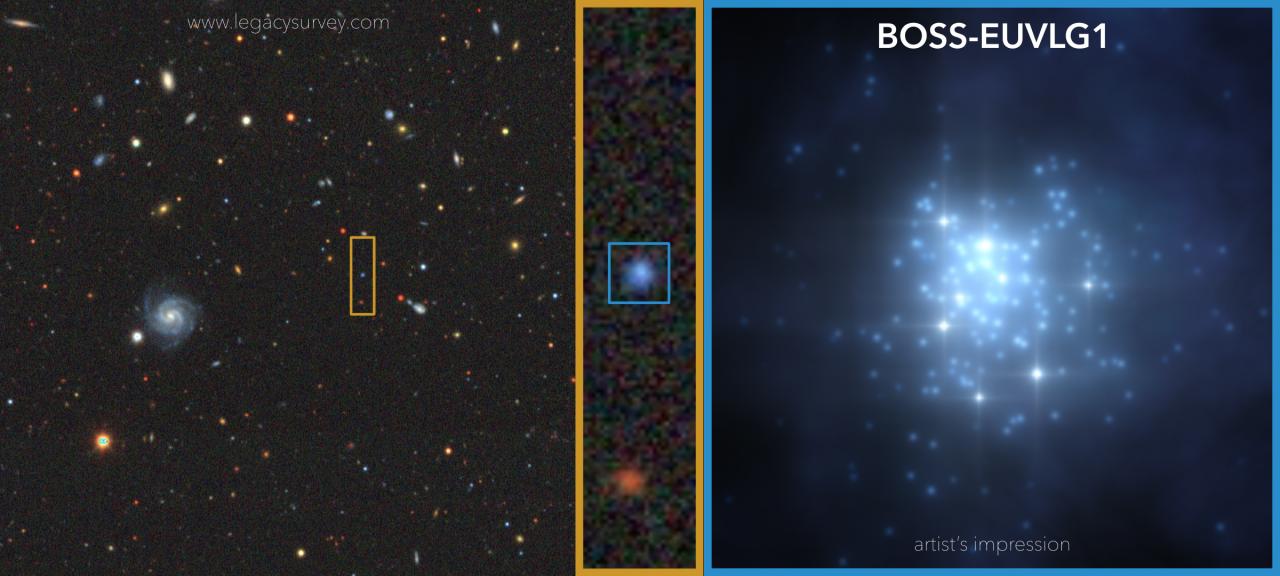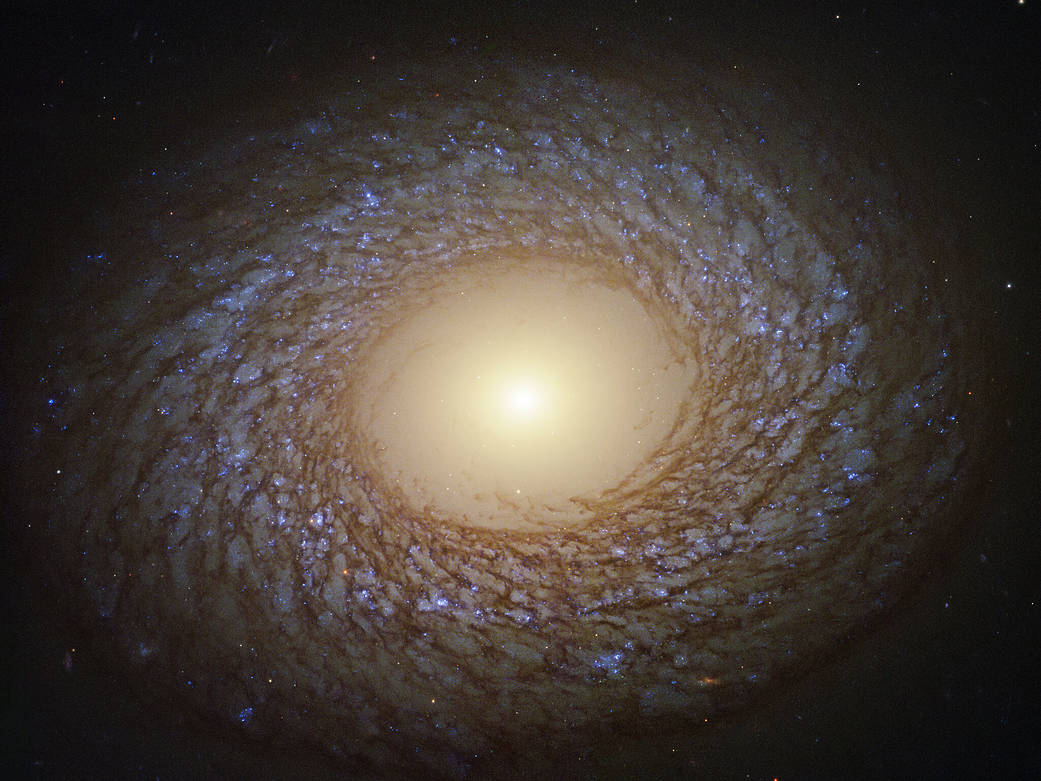A monster lurks at the heart of many galaxies – even our own Milky Way. This monster possesses the mass of millions or billions of Suns. Immense gravity shrouds it within a dark cocoon of space and time – a supermassive black hole. But while hidden in darkness and difficult to observe, black holes can also shine brighter than an entire galaxy. When feeding, these sleeping monsters awaken transforming into a quasar – one of the Universe’s most luminous objects. The energy a quasar radiates into space is so powerful, it can interfere with star formation for thousands of light years across their host galaxies. But one galaxy appears to be winning a struggle against its awoken blazing monster and in a recent paper published in the Astrophysical Journal, astronomers are trying to determine how this galaxy survives.
A Galaxy is Making New Stars Faster Than its Black Hole Can Starve Them for Fuel


